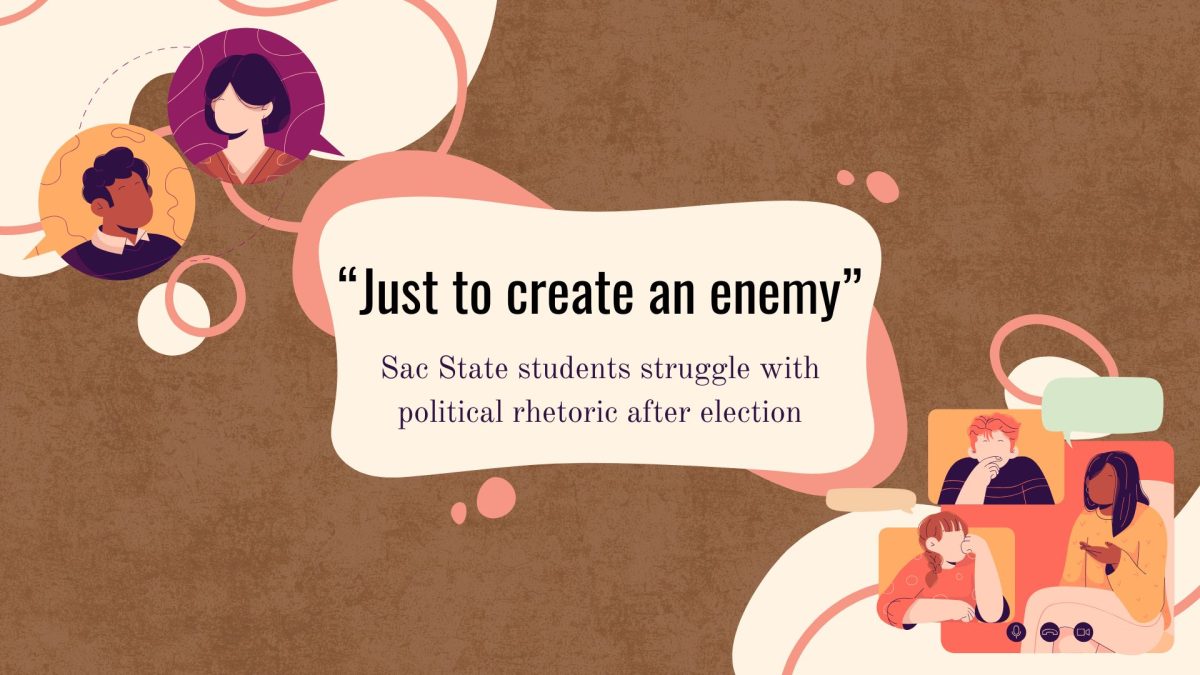California expected to have shortage of college graduate workers by 2025
April 15, 2014
California universities including Sacramento State are not graduating enough students to meet the 2025 projected demand for employees with college degrees, according to a recent Public Policy Institute of California report.
Individuals with the highest level of education in California are ages 50 to 64 and will all be reaching retirement by 2025, leaving a gap in the educated workforce.
With rising tuition costs and difficulty getting into required classes, several Sac State students said they remain unprepared to enter the workforce.
“Many students I have met within the Career Center are only focused on their academics and forget the importance of experiential learning, which is critical to help transition to a career after graduation,” said Shayla Walker, Career Center experiential learning coordinator.
The growing demand for California educated workers is shown through an increase of people with college degrees, which has increase from 28 percent in 1990 to 34 percent by 2006.
Ethnic studies graduating senior Alonzo Walker said one of the reasons it took five years to graduate was because he could not get into required business courses and was forced to switch majors.
Walker had to take courses that were not required just to stay in college while he waited for necessary courses to open up.
“It was hard to get into my business classes,” he said. “Because of the budget cuts and classes were full and they would not add anymore students.”
The Spring 2013 Sacramento State Graduating Student Survey indicated 31.1 percent of students had difficulty getting into needed courses.
Graduating students graded the university 38.3 percent for job placement services within the survey.
“I don’t feel like they prepare us at all,” Walker said. “I feel like Sac State is a place for networking. As far as jobs, opportunity-wise, in my five years here I’ve seen people graduate in four years with a 4.0 (GPA) and still work at Target.”
Junior economics major Sarah O’Brien said she has been applying for the business program each semester, but the classes required get filled quickly.
“I always wanted to do business,” O’Brien said. “So far I haven’t gotten in because it is such a vast concentration. They require you to do at least eight core classes after you get into the business major, then you have to do your concentration courses.”
With the current workforce demand trends in California, by 2025 the supply of the educated workforce will be 34 percent while the demand will be 41 percent.
In an effort to reverse the trend, Sac State has implemented the Graduation Initiative, which aims at increasing the six-year graduation rate for first-time freshman from 51 percent and 68 percent for the four-year transfer student graduation rate by academic year 2015.




























































































































